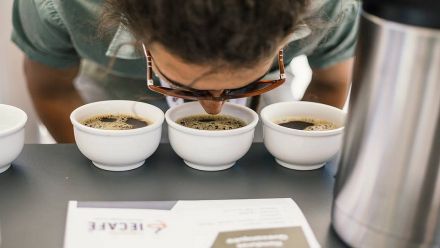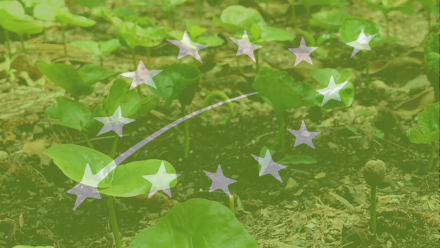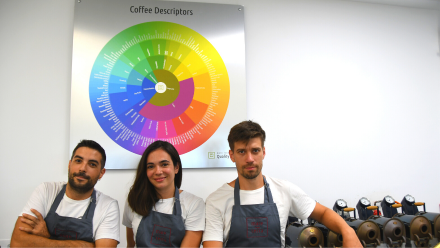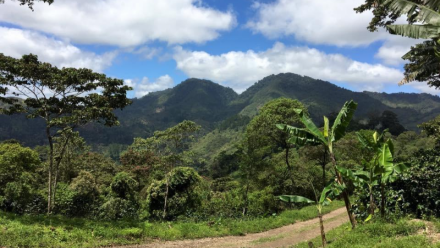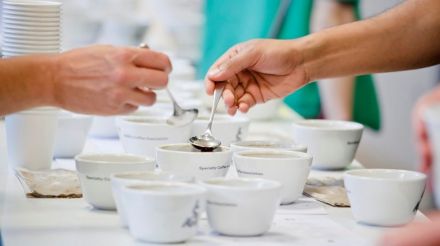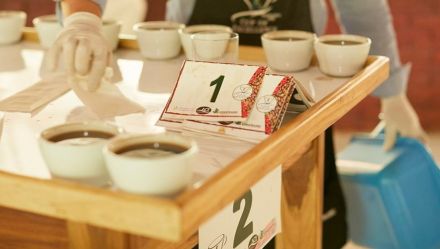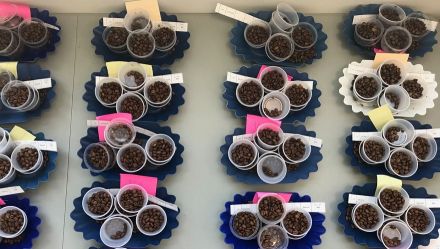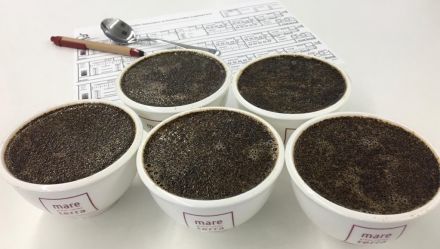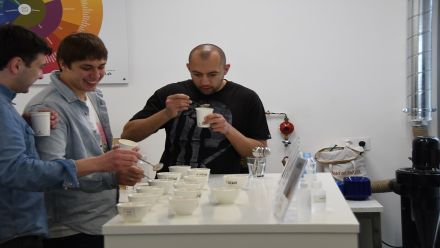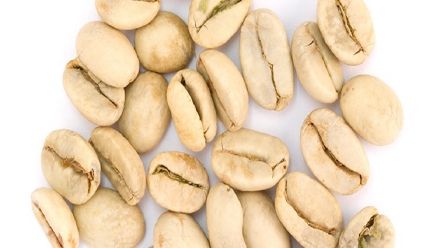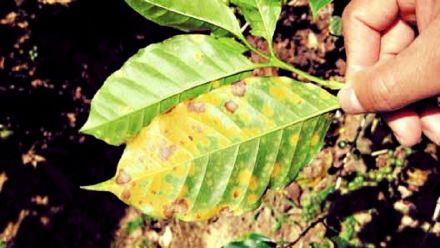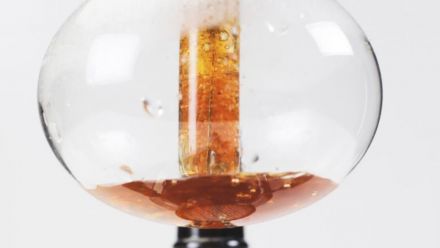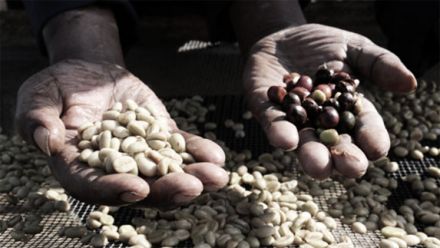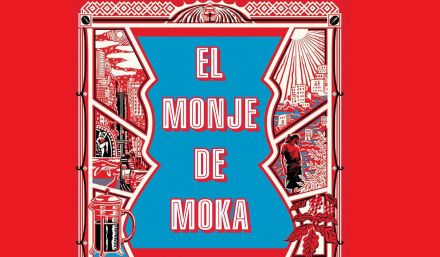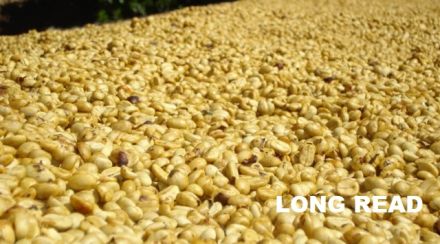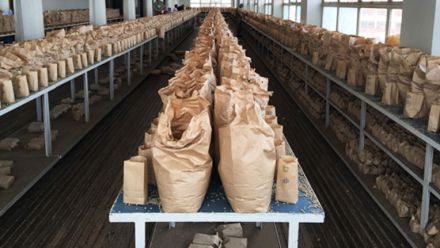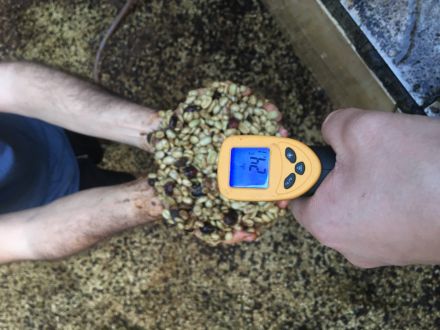Using the cupping technique, a Cupper can identify and evaluate each of the characteristics that contribute to a coffee’s profile. Cupping a coffee also enables the Cupper to distinguish between...
Bio: refers to products that haven't been genetically manipulated (transgenic).
Organic: means that the product is free of chemical synthesis and that only 100% natural produts have been used in...
We needed to do it, to explain the why and the how of a new flavour wheel, as well as the decisions that have led us to create this tool designed to make the difficult path of describing coffee profiles...
After publishing how each coffee is evaluated according to the protocol of the SCA (Specialty Coffee Association) and the protocol of the COE (Cup of Excellence) it is time to analyze what are the differences...
The protocol used for the Cup of Excellence competition is the strictest protocol of all known. The main objective of this protocol is to find the coffees that, due to their cleanliness, sweetness, stability...
The Alliance for Coffee Excellence has been running the Cup of Excellence competition since 1999 with the support of numerous entities from each of the participating countries. Throughout this period the...
The SCA scoring protocol was created at the same time as the Specialty Coffee Association of America in 1982. The main objective of the protocol was to separate specialty coffee from commercial or conventional...
Coffee cupping is a practice in which each of the characteristics that define a coffee are determined and evaluated through tasting. Coffee cupping requires experience and skill to discover the characteristics...
India is one of the main coffee producers in the world, being amoung the 10 countries with the highest production and where one of the most fascinating coffees, stand out for its origin: Monsoon Malabar,...
Diseases and pests have become a threat to many coffee producers, especially in Latin America.
Rust is one of the most prominent epidemics in coffee crops and is mainly airborne. The contagion is clearly...
Sanjuanero, a Decaffeinated Premium Coffee from Colombian Huila has a spicy profile and a bright cinnamon descriptor. Sanjuanero is decaffeinated at Descafecol processing station. Here...
In the previous post, we explained how the auction system works in Kenya and how it is possible to trace as an importer and also as a final buyer,routs from the coffee farm to the wash station and finally...
The Monk of Moka is a famous book of Dave Eggers. It contains many stories about specialty coffee. We enjoy the reading so much! Below we share our impressions about coffee stories we have read.
What...
Surely, you have heard about coffee processing experiments and probably have tried experimental cups. Why is this coffee so different? We have prepared a series of articles dedicated to coffee fermentation...
Kenyan coffee can be bought either through the local weekly auction, managed by Nairobi Coffee Exchange, or directly, via marketing agents. The auction still represents about 90% of all coffee sales...
We resume the round table about Coffee Fermentation organized by La Marzocco at Out of the box event.
There were be 4 speakers at the Round table: Leonardo Moço, Joaquín Parra, Axel...
Files
January 2022 December 2021 November 2021 October 2021 September 2021 August 2021 June 2021 May 2021 April 2021 March 2021 February 2021 January 2021 December 2020 November 2020 October 2020 September 2020 August 2020 July 2020 June 2020 May 2020 April 2020 March 2020 February 2020 January 2020 December 2019 November 2019 September 2019 August 2019 July 2019 June 2019 May 2019 April 2019 March 2019 February 2019 January 2019


